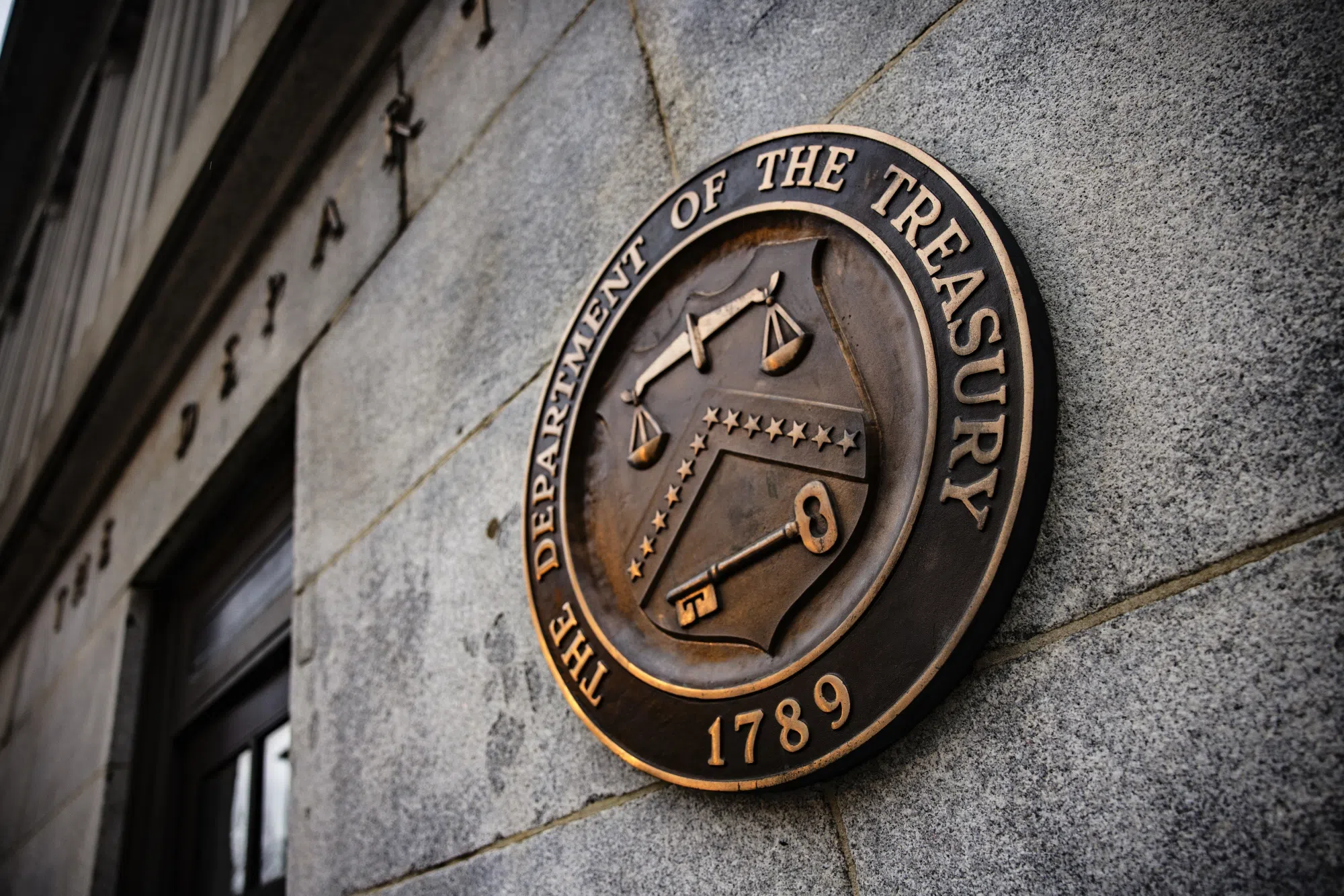THE US Treasury reduced its estimate for federal borrowing for the current quarter and projected the government’s cash buffer to decline towards year-end, just ahead of a possible fresh fight over the debt limit.
The Treasury Department said on Monday (Jul 29) that it now estimates US$740 billion in net borrowing for July to September, down from a previous prediction of US$847 billion released on Apr 29. The decrease was expected by most bond dealers.
Authorities maintained their estimated cash balance for the end of September at US$850 billion.
Also, in a forecast that will be closely watched by dealers because it has potential implications for any upcoming debt-limit battle, the Treasury pencilled in a year-end cash balance of US$700 billion. That stockpile would then be whittled down after the debt ceiling by law kicks back in at the start of next year – unless Congress passes an increase or new suspension.
As for this quarter, the Federal Reserve’s move to start slowing the runoff of its holdings of Treasuries eased the government’s need to sell more debt to the public, the Treasury’s statement indicated. The Fed’s plan had not been in place when the Treasury released its previous borrowing estimate. The department also started off this quarter with more cash on hand than originally projected.
Cash balance
The Treasury’s cash balance at the end of June, at about US$778 billion, was above the US$750 billion level Treasury had targeted at the end of April. That stockpile stood at about US$768 billion as at last Thursday.
BT in your inbox
Start and end each day with the latest news stories and analyses delivered straight to your inbox.
“Treasury’s year-end cash balance was around the middle of the expected range and indicates a moderate decline relative to an elevated level of cash expected at the end of the third quarter,” said Zachary Griffiths, a senior fixed-income strategist at CreditSights.
The law does not dictate a precise amount of cash that the Treasury is allowed to have on hand when the debt limit kicks in. Some dealers had anticipated the department would provide a smaller estimate for its cash balance target for the end of December, just before the debt limit’s reinstatement in January. But that view was not universal. A smaller cash pile would imply slightly less bill issuance at the end of the year.
The targeted end-of-December cash balance level “is also its assumed cash balance upon the expiration of the debt limit suspension on Jan 1, 2025”, according to a footnote in the Treasury statement. “This assumption is based on expected cash flows under Treasury’s cash management policies and is consistent with its authorities and obligations, including those under the Fiscal Responsibility Act of 2023.”
The US$700 billion year-end estimate is in line with the department’s policy of holding about five days of cash flows as a prudent cash buffer, according to Treasury officials. That preferred buffer has expanded this century as the federal deficit steadily widened.
Subadra Rajappa, head of US rates strategy at Societe Generale, had forecast a year-end cash buffer of US$550 billion. Her counterpart at TD Securities, Gennadiy Goldberg, had predicted the Treasury would project a year-end cash balance of US$850 billion.
For the October to December period, the Treasury said it expects to borrow a net US$565 billion.
Monday’s report comes ahead of Wednesday’s so-called quarterly refunding announcement, when the Treasury will unveil its plans for long-term debt issuance. Dealers widely expect US debt managers to hold sales of notes and bonds steady for the second straight quarter. BLOOMBERG




